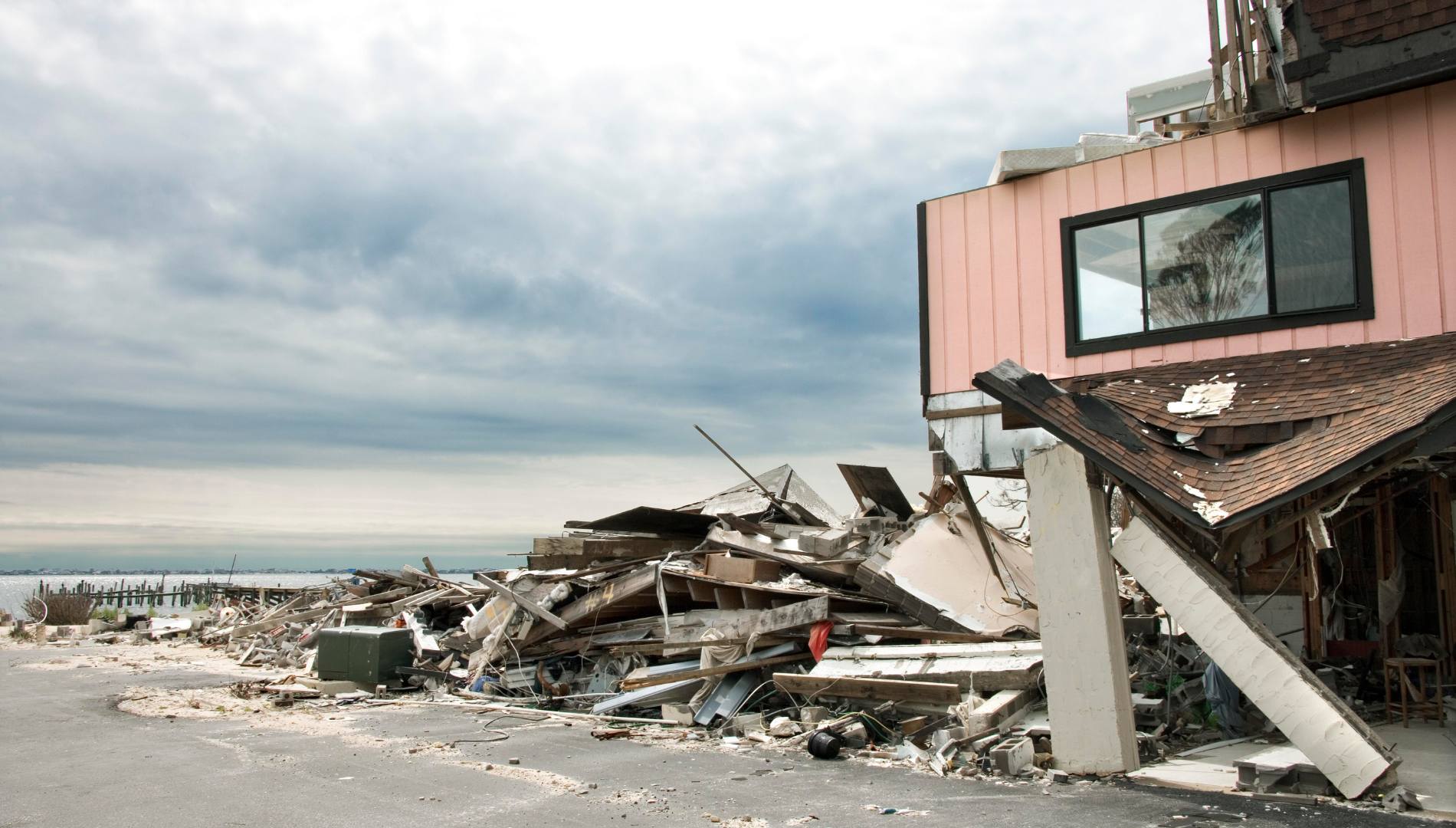Steps to Take After Storm Damage: Your Guide to Restoration and Renovation Options in Casey Key
In the aftermath of hurricanes Helene and Milton, homeowners in Casey Key and surrounding areas are focused on understanding the steps to take after storm damage. Alair Casey Key has received numerous inquiries from residents seeking guidance on restoring their homes after the storms impacted both waterfront and inland properties. With high winds and saltwater surges leaving many homes vulnerable, knowing how to effectively tackle storm damage restoration is crucial.
Assessing Damage: Key Steps to Take After Storm Damage
After a storm, the first step in the storm damage restoration process is to assess the damage thoroughly. A loss adjustor can provide a comprehensive evaluation before you engage a restoration company. Your insurance company may send one, or you can hire an independent adjustor.
Once the assessment is complete, here are essential steps to take after storm damage:
- Remove Damaged Materials: Professionals will strip out compromised trim, doors, drywall, cabinetry, fixtures, appliances, and other materials as part of repairing storm damage.
- Prevent Mold Growth: Dehumidifiers are essential to mitigate mold risks following flooding, helping you avoid further complications in the storm damage restoration process.
- Conduct a Mold Assessment: If there is suspicion or evidence of mold, hire a qualified inspector to test for it and, if necessary, treat any found.
In Florida, homeowners have a responsibility to take reasonable steps to limit property damage after a covered event occurs. This includes taking immediate action to prevent further damage, promptly contacting your insurance company, and making necessary emergency repairs; failure to do so could lead to a denied or reduced claim based on specific circumstances and policy terms.
While these mitigation efforts may initially incur out-of-pocket expenses, they should qualify as reimbursable items under your insurance policy.
Your Options for Repairing Storm Damage and Renovation
It’s essential to avoid rushing into any contracts without exploring all available options. Each homeowner’s situation is unique, and careful consideration can help protect your investment when fixing damages after a hurricane.
Key Questions to Consider
Is Renovation Worth It?
- Insurance Considerations: What is the expected insurance payout? Will it cover your renovation costs?
- Future Flood Risks: Are you ready to invest in a property that may face flooding again, especially with rising construction costs?
- Value Retention: Will your renovations add value to an older property that’s below flood zone levels and not up to current building codes?
- FEMA Regulations: Understand the Substantial Improvement rule, which limits spending to 50% of the appraised value of your home (excluding land value).
- Elevation Potential: If considering elevating your home, can it be lifted above flood elevation without compromising the structure?
- Available Grants: Investigate any government or FEMA grants that could assist with storm damage restoration.
What is Your Property Worth on the Market?
- Market Saturation: Consult with a local realtor to gauge current market conditions and property values. Consider how a saturated market might affect your property.
- Demolition vs. Renovation: Would demolishing the property be more beneficial? While demolition can cost $8,000 or more for a single-story home, it may be a strategic move in a saturated market.
- Unique Waterfront Value: Remember, you cannot recreate waterfront property, which often holds significant value.
Should You Build New?
Building new can be a sound long-term investment, but it requires careful planning:
- Cost Transparency: Work with builders who provide accurate cost estimates without inflated mark-ups.
- Patience in Process: Understand that rebuilding takes time. Avoid shortcuts; a reliable builder will follow a structured process, starting with concept design, surveying, and budgeting.
- Builder Selection: Choose a trustworthy builder with a solid reputation who can guide you through the process.
- Planning is Key: Avoid committing to construction contracts until you gather all necessary information. Poor planning can lead to costly change orders and unexpected expenses.
- Architect Collaboration: If starting with an architect, involve a builder early to ensure the design aligns with your budget and construction realities.
- Financial Options: Explore available loans or grants for rebuilding, including interest-free Small Business Administration and Disaster Loan options up to $500,000.
Take Action for a Stronger Future
While the aftermath of the hurricanes presents many challenges, knowing the steps to take after storm damage can empower homeowners in Casey Key and surrounding areas to make informed decisions. By evaluating your options carefully and seeking professional advice, you can navigate the rebuilding process effectively and protect your investment for the future. Remember, every situation is unique, and tailoring your strategy to your specific needs will lead to the best outcomes.
Learn More
As a luxury custom home builder and renovation expert, Alair Casey Key is here to assist homeowners in navigating the recovery process. Contact us for a consultation to discuss your options for storm damage restoration and renovation.
